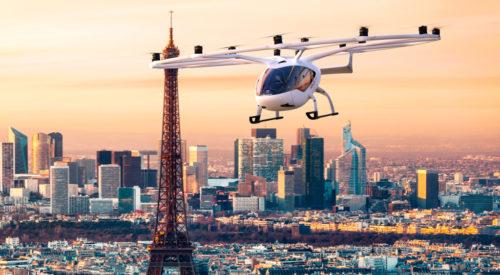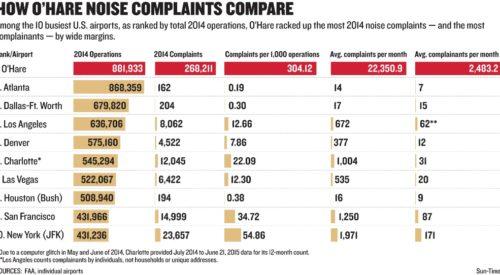Research
Can UAVs Lead to Better Healthcare Outcomes?
In Milan, Italy, a group of researchers at IRCCS Ospedale San Raffaele Advanced Technology in Health and Wellbeing, including Sara de Silvestri, Mirco Pagliarani, Filippo Tomasello, Diana Trojaniello, and led by Alberto Sanna, conducted a study to explore the potential for drones to deliver pharmaceuticals. The study, published by MDPI in March 2022, was part of Flying Forward 2020, “a three-year collaborative research project that will develop a new Urban…
Vertiport or Vertistop?
The Answer May Surprise You
Much of the conversation regarding urban air mobility (UAM) has focused on vertiport location and how noise factors might affect site selection. Researchers at the University of Missouri’s Department of Industrial and Manufacturing Systems Engineering proposed a “novel two-phase location analytics model” published in the March 2022 issue of Decision Analytics Journal. One-Size-Fits-All May Not…
Will Urban Air Mobility Take Off?
Yes, No, and Maybe
Urban Air Mobility’s success, depends as much on where services are offered as it does on solving technological issues.
Vertiport Location Key to Urban Air Mobility Success
The 3 Most Important Site-Selection Factors: Location, Location, Location
Trying to predict the impact the placement of urban air mobility (UAM) vertiports might have on passengers, communities, federal regulators, and eVTOL operators, students and professors at Indiana’s Purdue University devised and conducted a study, Evaluating the Impact of Urban Air Mobility Aerodrome Siting on Mode Choice. Using Chicago, Illinois’ Metropolitan area as a test,…
eVTOLs Need Lithium Batteries
Lithium Batteries Need Advanced Recycling; And, There’s the Rub
Flying cars will likely be powered by lithium batteries. How these batteries will be safely and economically recycled remains to be seen.
Drone Alone: Advanced Air Mobility Advances Pilotlessly
During the EnRicH 2021 European Robotics Hackathon, the San Antonio, Texas-based Southwest Research Institute (SwRI) successfully demonstrated an unmanned aircraft system (UAS) that fully autonomously explored and mapped the interior of the Zwentendorf Nuclear Power Plant located in Zwentendorf an der Donau, Austria. The Zwentendorf plant is the world’s only nuclear facility that has been fully built but never activated. This makes…






